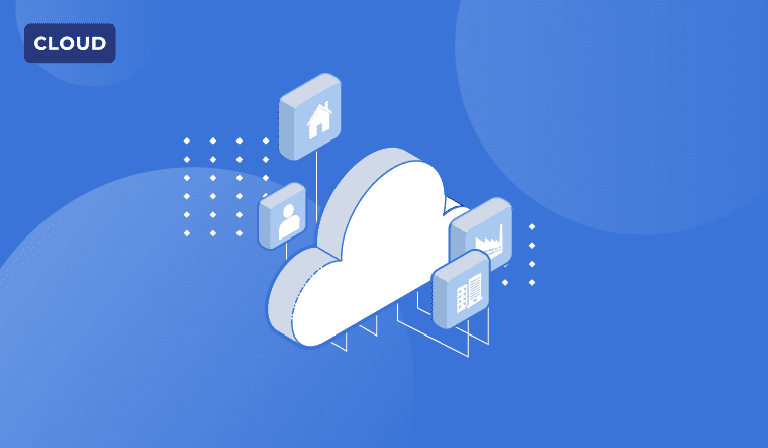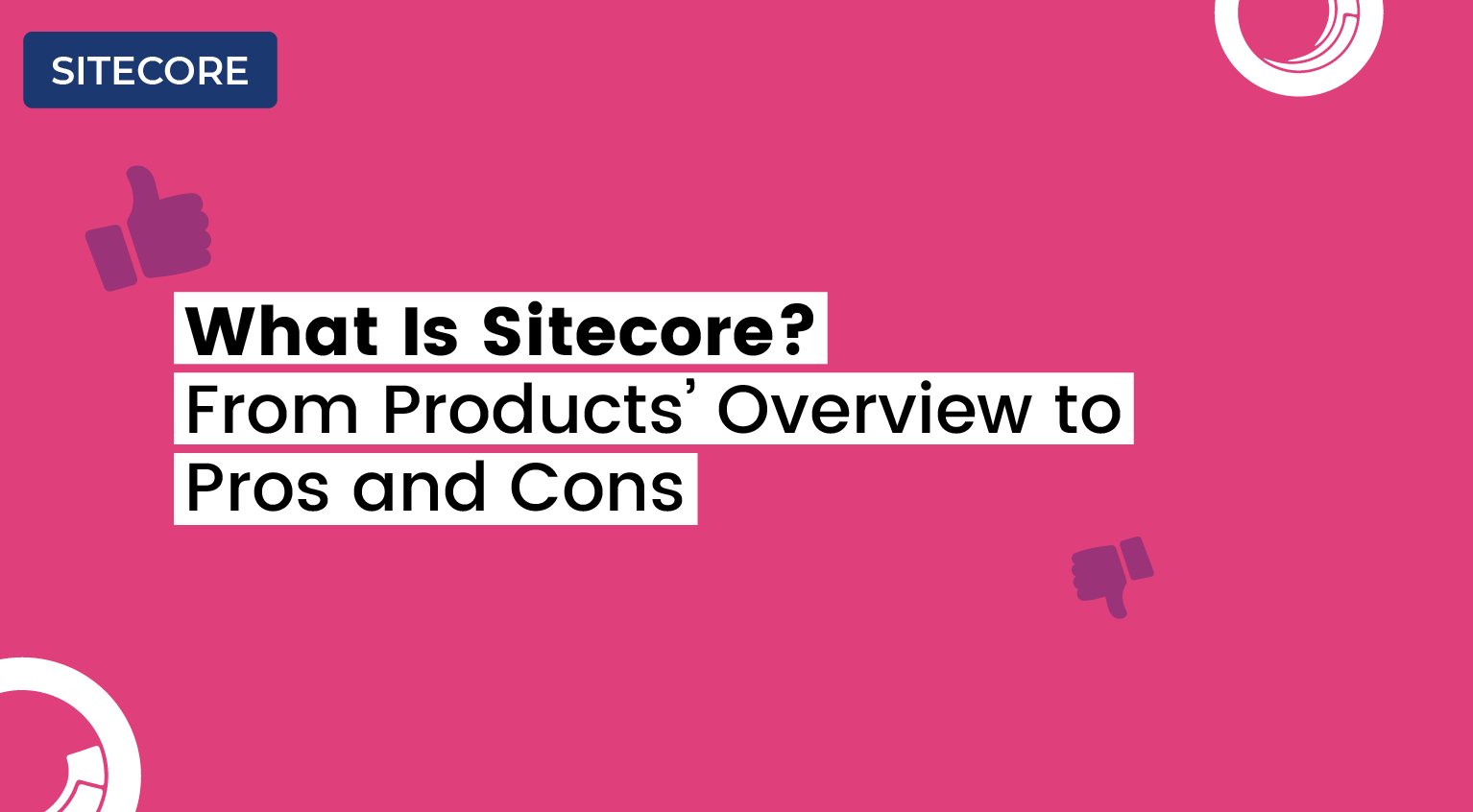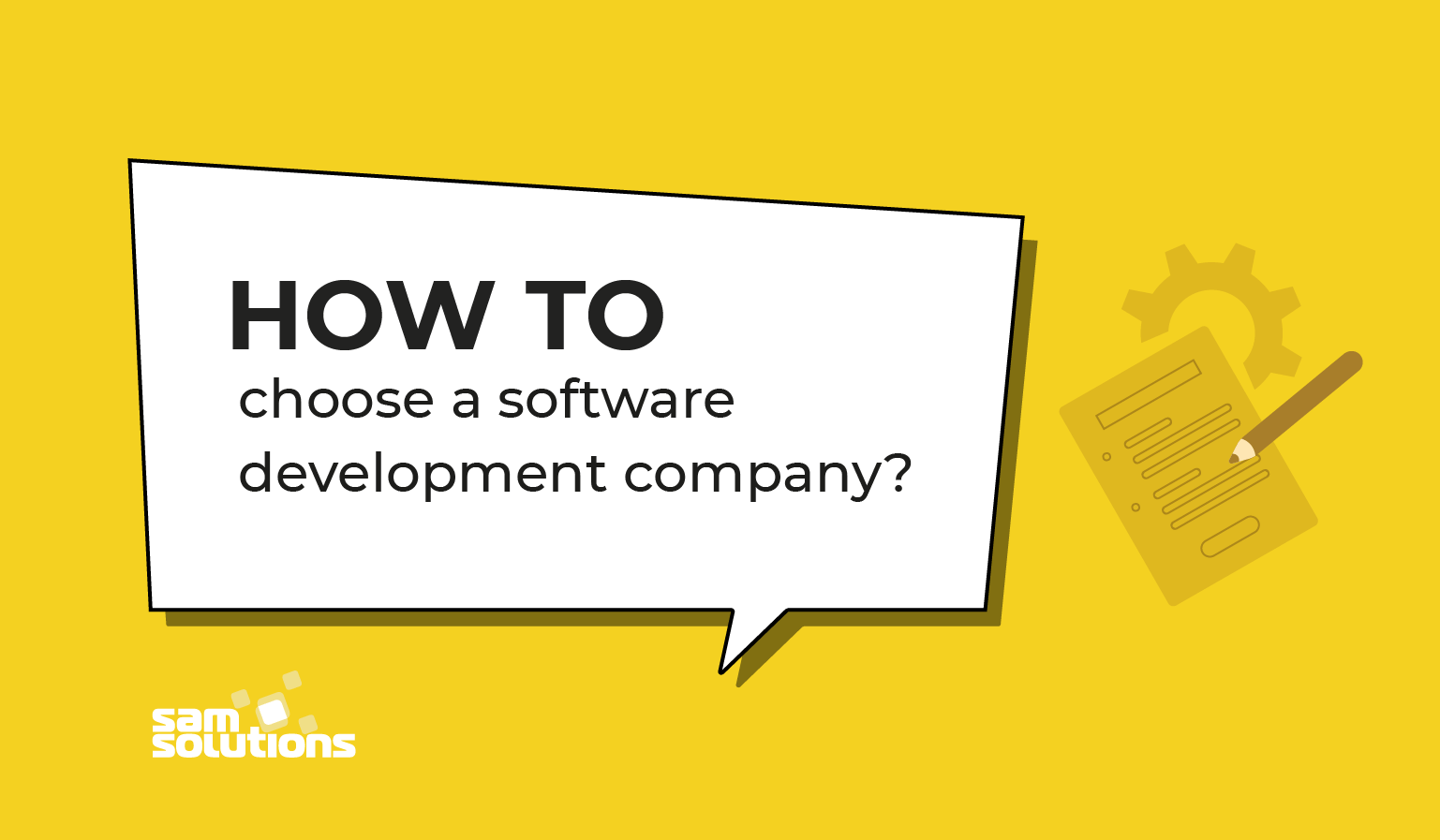
Introduction [what is public cloud]
Today, over 60% of the global population uses the internet, with 92.8% of internet users accessing the web via mobile devices according to DataReportal. The majority of these users are utilizing public cloud services, often without even knowing.
While some of these users may have heard of the term “public cloud,” most of them are unaware of what this concept actually means. Since public computing services have become an integral part of our lives, like the internet or smartphones and tablets, we should understand what it is, right?
Simply put, the public cloud means IT services such as data storage, servers, databases, networking, and software that are available for everyone to use. These services are offered by third-party providers over the public internet so that every customer is able to access them via web-based tools and applications.
In a public cloud, the entire hardware infrastructure (e.g. servers, storage and networking) is located off-site, i.e. in the datacenter of the provider. Therefore, corporate customers do not have to maintain large in-house IT departments.
In this model, the provider’s infrastructure is shared by multiple users (tenants), which are isolated from each other.
Public Cloud Example
As mentioned before, we all live in the public cloud, whether we notice it or not. For instance, we use Gmail (being a part of Google Cloud Platform) for communicating with clients or coworkers. We save our data in Google Drive or Dropbox. We create documents online using Google docs. We share our selfies with friends through Facebook or Instagram.
But have you ever wondered where your data, whether it’s emails, files from your computer, online documents or selfies, is stored? All of this content is kept in the public cloud, i.e. they are stored on a server somewhere in the world – and you are simply accessing it (e.g. Gmail) by using your web browser as a client.
Other examples include Microsoft Azure and Amazon Web Services (AWS).
Public Cloud Architecture
Public cloud providers use a multi-tenant architecture, which allows users – or tenants – to share computing resources. In this model, a tenant’s data is logically separated and kept isolated from the data of other tenants – effectively being invisible to other tenants.
Public Cloud Services
Public computing architecture can be further classified based on the specific type of service model. The three most common service models are as follows:
- Infrastructure as a Service (IaaS), which involves a third-party provider hosting infrastructure components such as servers and storage, as well as a virtualization layer. The IaaS provider offers virtualized computing resources such as virtual machines (VMs) over the internet or via dedicated connections. Examples include Amazon Web Services(AWS), Microsoft Azure, IBM, and Digital Ocean.
- Platform as a Service (PaaS), in which a third-party provider offers its users hardware and software tools – typically those required for application development, including operating systems – as a service. Examples of PaaS include Google App Engine, AWS Elastic Beanstalk, Heroku, and OpenShift.
- Software as a Service (SaaS), in which a third-party vendor gives users access to its application(s) via the internet. Examples include Salesforce, Dropbox, Microsoft Office 365, Zendesk, and Slack.
Public Cloud Security
The name itself may lead some to believe that public computing services are not as secure as a private offering, but is this true? In a nutshell, public cloud hosting is secure. Over the last few years, technological advancements and solutions have alleviated many users’ concerns regarding security within this model.
Furthermore, security is taken very seriously by modern public cloud service providers. Specialized personnel are employed by vendors to automate security functions and monitor the cloud computing system for anomalies.
Strict policies prevent other tenants from accessing user data. Organizations can use a public computing solution within a hybrid environment to gain access to additional levels of security.
Public Cloud Pricing
Public cloud platforms might be used for free, or access to them might be sold according to subscription-based or pay-per-usage pricing models.
In a subscription-based model, customers typically pay in advance before receiving access to IT cloud services. Prices are often determined by the length of the subscription, and a longer subscription often means a lower cost.
In a pay-per-usage model, users are charged only for the amount of resources (storage, bandwidth, CPU cycles) they consume.
Public Cloud Providers
Public cloud providers are businesses that establish public clouds, manage them, or provide on-demand computing services such as Infrastructure-as-a-Service (IaaS), Platform-as-a-Service (PaaS), and Software-as-a-Service (SaaS). When compared to on-premise IT, sometimes cloud-based platforms can reduce business costs.
There are a few well-known, large public cloud companies, such as Alibaba Cloud, Amazon Web Services (AWS), Google Cloud Platform (GCP), IBM Cloud, Oracle Cloud, and Microsoft Azure, but there are also hundreds of other computing providers from over the world.
Public Cloud vs Private Cloud vs Hybrid Cloud
Private, public, and hybrid clouds represent the three distinct approaches to deploying infrastructure and applications in a cloud computing model. A public cloud is an internet-accessible environment that anyone can use. A private cloud, as the name suggests, is infrastructure that is used by only one organization. Hybrid clouds are a combination of the other two types.
All three offer a similar set of advantages over traditional on-premises IT environments: affordability, reliability, on-demand scalability, and consistent high performance. The decision on what to choose depends on a number of factors, including the workload, security requirements, budgetary constraints, and the extent of your in-house IT expertise.
The three types are not mutually exclusive. In fact, an increasing number of businesses are deploying all three.
Each type is better suited for some situations over others. For example, the public cloud is most appropriate in the following cases:
- there are predictable computing needs for a fixed number of users;
- for testing and software development environments;
- it is necessary to launch corporate databases and applications;
- as backup services to back up files and folders online.
A private cloud model is better suited for:
- sensitive data and applications;
- government agencies, systemically important banks and other customers with business needs or industry requirements that cannot be met by public computing solutions.
Hybrid cloud is often used by:
- companies that want to modernize their IT infrastructure by implementing public cloud solutions when they can’t shut down their in-house data center due to compliance or legacy requirements;
- businesses to improve their disaster recovery strategy through backing up data in the cloud and replicating on-premises workloads;
companies that have highly changeable workloads; in this situation a company might run their operations within their own private cloud and switch to the public cloud when there is an - increased demand for capacity;
- for big data processing when a company is able to run analytical queries on locally stored data using public cloud solutions.
Benefits and Challenges of Public Cloud
Much like any other solution, public cloud has certain benefits. Here we’ve summarized the most important ones:
Scalability and flexibility – Public cloud is scalable, which means that businesses can increase their users or workloads according to their specific needs within the short time necessary to pay for additional subscriptions. Flexibility is similar in that it allows for a rapid change in computing resources in response to any changes in demand.
Accessibility and reliability – To use a public cloud service, all you need is an internet connection. You can access it from anywhere via any internet-enabled device (e.g. desktop, tablet, or phone).
Moreover, vendors use a wide network of data centers in different locations, which provides redundancy and therefore higher reliability than most companies can ensure on their own. If a single data center goes down, the other will still work and the customers won’t experience an outage.
Lower costs – Public cloud is cost-effective because it can be used according to a pay-per-usage payment model where customers pay only for the amount of resources they consume. There is no need to buy servers and software licenses or maintain an in-house IT department – everything you need is available from the public cloud provider and is the provider’s sole responsibility.
Rapid and flexible deployment – Vendors provide ready-to-use solutions that can be deployed quickly with simple migration and configuration.
Despite the fact that public cloud computing offers many benefits, you must be prepared to face the challenges. Here are some of the most significant ones:
Data security and privacy – In this model, security is ensured by third-party providers. However, even if your vendor has the most stringent security controls and standards, there is still a risk that your data may be lost. The concern lies not in the security of the cloud itself, but in controls applied by organizations to protect the corporate data stored in the provider’s data center. According to Gartner, 99% of cloud security failures will be the customer’s fault by 2025.
Moreover, with so much data in the cloud, it is becoming a natural target for hackers.
Less control – Public cloud infrastructure is shared by multiple users. And, its maintenance and control is the responsibility of the provider. However, it can be a disadvantage for some businesses when they need total control over all of their IT infrastructure.
Lack of customization – With some vendors, a “one-size-fits-all” approach is applied. This can be a challenge for companies with complex needs since their customization process can be limited.
Conclusion
Nowadays, public cloud services are on the rise. According to the Flexera 2021 Report, their use is increasing dramatically in all organizations. As with most technologies, the public cloud has its own pros and cons. In some cases, it can be the best option for your business depending on its needs and budget. This model offers a variety of services, and all businesses can utilize it for improved operations.


